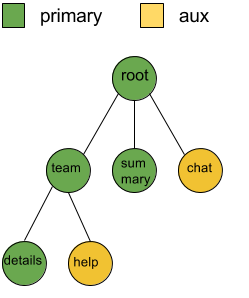
An absolute trick to consume WCF WebService at Xamarin Form PCL root
Technical Leading is obviously supported by Technical Reading
Here I collect the links and the posts dealing with Techical Reading covering IT area which I consider worth saving. Mostly they are reposted from my aggregation of RSS feeds See also twitter #tr @moudrick where I post and repost them too




public class fib {
public static void main(String[] args) {
Scanner scan = new Scanner (System.in);
System.out.println("Enter a number: ");
int num = scan.nextInt();
System.out.println(calculate(num));
}
private static int calculate(int n){
if (n <= 1)
return 1;
else
return calculate(n - 1) + calculate(n - 2);
}
} If you look at the title of this post, you’re probably thinking to yourself, “huh, that’s never really come up.” Of course, it’s possible that you’re not. But, in my travels as a consultant helping dev teams with practice and gap analysis, I’ve never had anyone ask me, “what do you recommend in terms of a logging solution for continuous integration?”
If you look at the title of this post, you’re probably thinking to yourself, “huh, that’s never really come up.” Of course, it’s possible that you’re not. But, in my travels as a consultant helping dev teams with practice and gap analysis, I’ve never had anyone ask me, “what do you recommend in terms of a logging solution for continuous integration?”